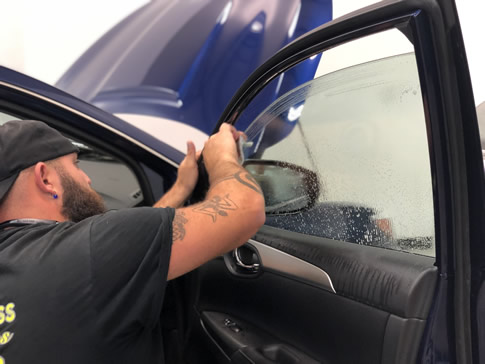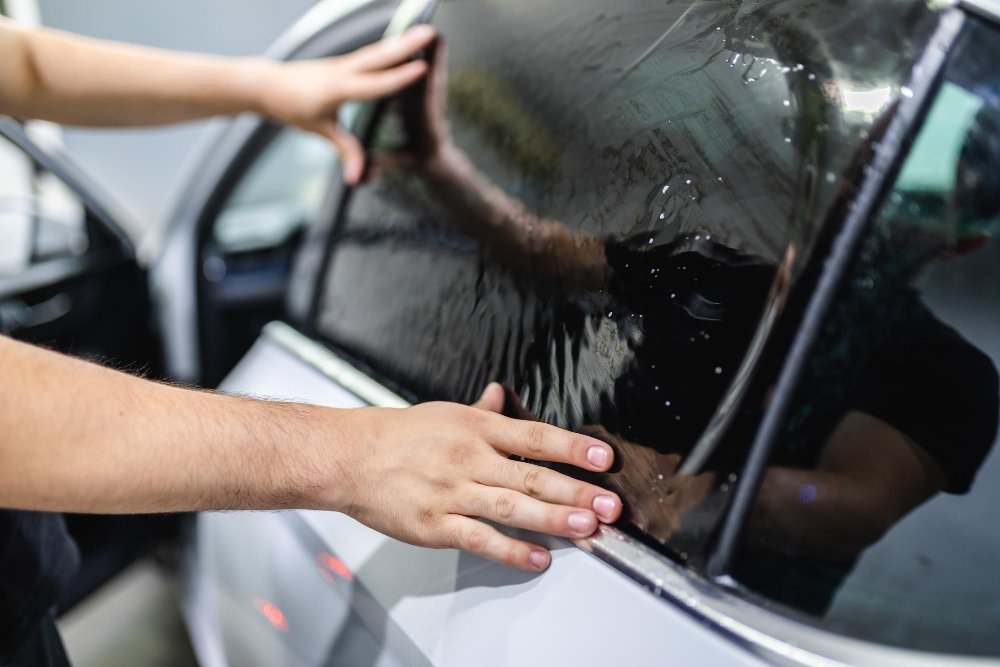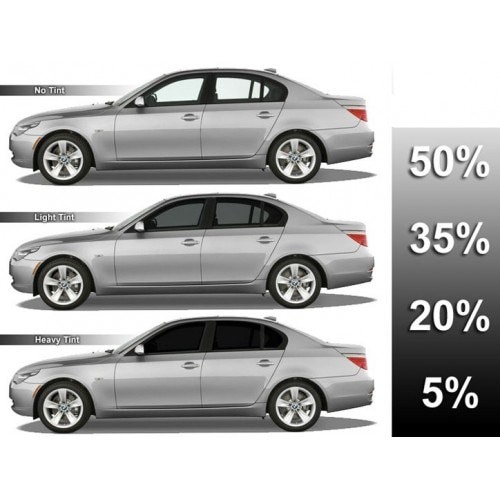Tips for Keeping Your window tinting for Long-Lasting Performance
Tips for Keeping Your window tinting for Long-Lasting Performance
Blog Article
Checking Out the Various Sorts Of Window Tint for Cars and Their Benefits

Dyed Home Window Color
Colored home window tint is a prominent choice among vehicle owners seeking to boost personal privacy and lower glow while preserving a trendy appearance. This kind of color is produced by integrating dye into the glue layer, which is after that related to the windows of the vehicle. The key allure of dyed window color hinges on its capability to provide an aesthetically pleasing appearance without compromising performance.
One of one of the most considerable benefits of colored home window tint is its capacity to obstruct damaging UV rays, helping to shield both guests and the car's interior from sunlight damage. In addition, this tint effectively reduces glow, adding to an extra comfortable driving experience, especially throughout bright daytime conditions. The growing of window shade likewise includes a layer of privacy, making it more difficult for outsiders to see inside the vehicle.
Nonetheless, it is vital to keep in mind that while dyed home window color provides countless advantages, it might not provide as much warmth rejection as various other types of tints. Moreover, its longevity can be impacted by direct exposure to extended sunshine, potentially causing fading over time. Generally, colored window tint continues to be a favored choice for those focusing on aesthetic appeals and standard sun security.
Metalized Home Window Color
Metalized home window color stands for a sophisticated choice for vehicle owners looking to boost both efficiency and aesthetic appeals. One of the main advantages of metalized home window color is its remarkable heat rejection capacities, which can substantially decrease the interior temperature level of a cars and truck.
Additionally, metalized tints supply boosted sturdiness compared to colored films, making them immune to fading and scraping. This longevity makes certain that the tint maintains its performance and appearance with time, supplying long-term worth.
Additionally, metalized home window tint can boost privacy and protection by making it a lot more difficult for outsiders to see inside the automobile. The reflective quality of the color can also prevent potential burglary, as valuables are much less noticeable (window tinting). While it may conflict with some electronic signals, such as general practitioner or cell phone reception, the total benefits make metalized home window color a compelling selection for many auto owners
Ceramic Window Color
Offering sophisticated modern technology and exceptional efficiency, ceramic window tint has actually become a top selection for discerning automobile proprietors. This innovative film is composed of innovative ceramic fragments that offer considerable warmth rejection while preserving clearness and presence. Unlike traditional tints, ceramic window tint does not rely upon steel or color, which can disrupt electronic signals from gadgets such as general practitioner and cellular phone.
Among the standout advantages of ceramic window tint is its extraordinary UV security. It obstructs approximately 99% of harmful ultraviolet rays, thus safeguarding both the car's inside and its passengers from sunlight damages. In addition, this kind of color boosts personal privacy without endangering visibility, making it a practical option for day-to-day drivers and high-end lorries alike.
Ceramic window color additionally boasts sturdiness; it is immune to fading and scraping, making certain durable efficiency. Its non-reflective nature suggests it does not trigger glare, contributing to safer motoring problems (window tinting). For those seeking a premium color option that integrates looks with performance, ceramic window color attracts attention as a remarkable option, delivering boosted convenience and security when driving
Carbon Home Window Tint
When it comes to home window tinting choices, carbon window color has gained appeal for its blend of performance and cost. This type of look at this website color is composed of carbon particles, which give an unique matte coating that boosts the aesthetic appeal of automobiles. One of the key advantages of carbon home window tint is its ability to obstruct a significant quantity of damaging UV rays, protecting both the automobile's interior click here for more and its passengers from skin damage and fading.
In addition, carbon window color offers exceptional heat being rejected residential properties, decreasing the demand for excessive a/c and improving fuel performance. Unlike dyed tints, carbon colors do not fade gradually, keeping their efficiency and look for years. This toughness makes them a practical option for auto owners seeking lasting worth.
Furthermore, carbon home window color is non-metalized, which means it does not interfere with digital signals, making it ideal for vehicles furnished with general practitioner, Bluetooth, and various other wireless innovations. The equilibrium of price, efficiency, and aesthetic appeal has established carbon home window color as a recommended choice for numerous automobile owners. Inevitably, it offers as a dependable option for those aiming to boost convenience while ensuring style.
Factory Tint
Factory tint, also called OEM tint, refers to the tinting that is put on car windows during the manufacturing process. This sort of tint is generally integrated into the glass itself, offering an uniform appearance and consistent degrees of shielding throughout all home windows. The main function of factory tint is to reduce glare and boost guest convenience while supplying a level of UV security.

While manufacturing facility color supplies standard advantages, it might not supply the very same degree of warmth denial or personal privacy as higher-grade aftermarket colors. Automobile owners seeking boosted efficiency might think about additional tinting alternatives, while still valuing the aesthetic appeal and capability manufacturing facility tint offers.
Conclusion

Nonetheless, it is necessary to note that while colored window color provides countless advantages, it might not provide as much heat denial as other kinds of tints. For those looking for a premium tint solution that integrates visual appeals with capability, ceramic window color stands out as a superior option, delivering improved convenience and security on the roadway.
When it comes to window tinting choices, carbon home window tint has obtained popularity for its mix of efficiency and affordability.Manufacturing facility color, likewise recognized as OEM color, refers to the tinting that is applied to car home windows during the manufacturing procedure. The specific level of tint can differ depending on the vehicle producer and version, with some vehicles featuring a lot more significant tint on rear windows than on front home windows.
Report this page